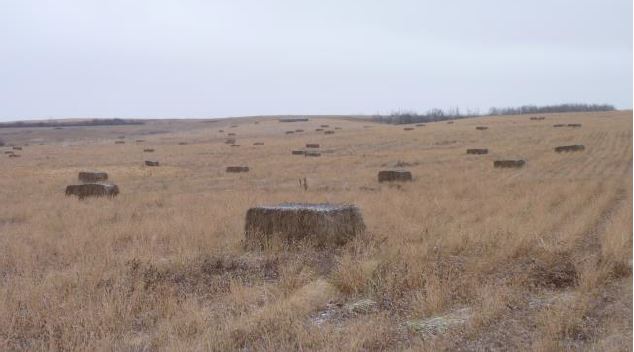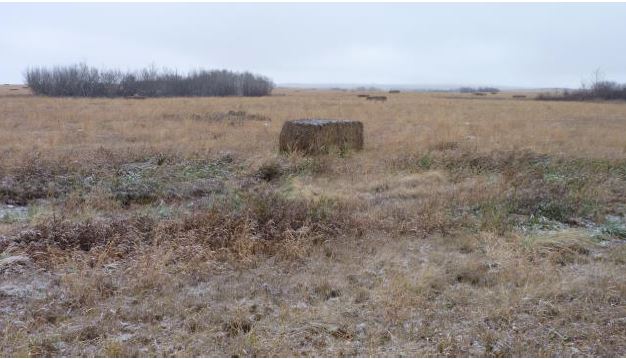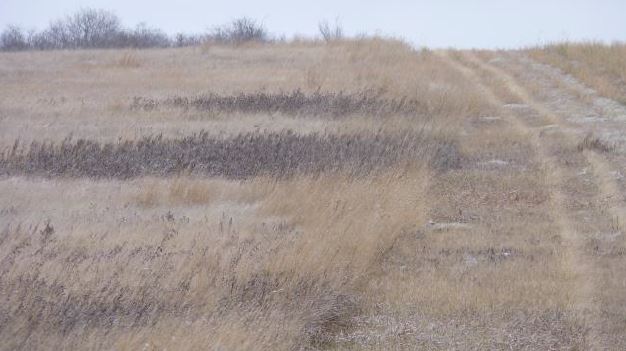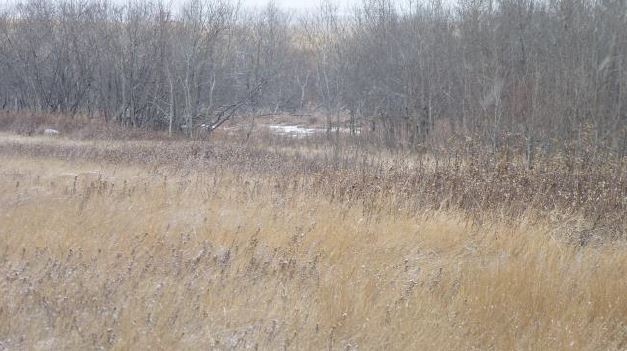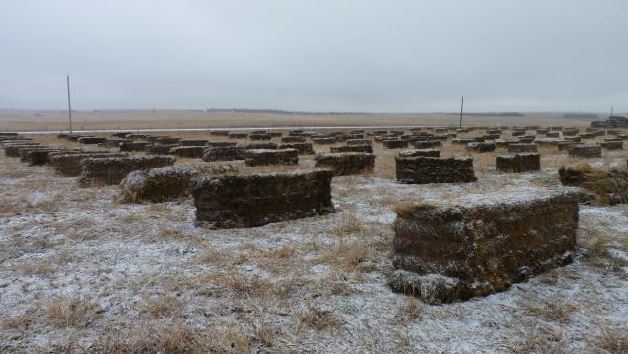| Type | CEC-support Ranch Pilot |
| Organization | Gould Ranches Ltd. |
| Country | Canada |
| Region | Consort, Alberta |
| Grass Type | Mixed-grass |
| # of head of cattle | 490 cows and heifers |
| Hectares | 129 |
| Language | English |
| Date modified | August 2015 |
The Gould Family has ranched south of Consort, Alberta, for nearly 100 years. The operation includes native range, reseeded forage and annually cropped acreage near the center of Special Area 4. As with other long-term residents of the Special Areas, the Goulds have thrived and expanded their operation under the harsh growing conditions typical of east central Alberta. Now managed by the fourth generation of the family, Gould Ranches Ltd. includes cow/calf, back grounding and yearling enterprises along with the annual cropping for grain and feed production. Expertise within the family includes a veterinarian, two agronomists and well over 100 years of hands-on experience. They are well connected to organizations that promote sustainable management practices such as the Alberta Institute of Agrologists, Green Hectares (mentoring and communicating with young farmers), Farm-On (promotion of agriculture and educating the general public about agriculture), Prairie Heritage Angus Beef (natural beef) and the Chinook Applied Research Association (applied agricultural research, demonstration and extension). One goal of the ranch is to spend limited resources on feed and feeding, so the annual grazing rotations typically extend well into the winter months. Native range is maintained in a productive state by providing periods of rest using reseeded forage.
Bale grazing was initiated by Gould Ranches as a management practice to improve soil quality and forage production as well as to provide rest periods for native range within their grazing system. Fields that have been bale grazed are sampled to establish benchmarks in order to monitor soil chemistry and nutrient changes. Bale distribution is determined in two ways: randomly (at time of baling, according to onsite forage production) and planned (for imported bales, based on noted soil deficiencies). The Wintering Site Assessment and Design Tool and Agriculture and Rural Development’s Nutrient Calculator were consulted when determining appropriate areas for bale placement. The areas were also on well-drained soil, away from low areas prone to water accumulation. A dugout located on the property was modified for the installation of an energy efficient offsite watering source (Sundog solar) and electric fences were erected to restrict access to the bales, natural shelter and adjacent native range.
This project enhanced the use of bale grazing as a resource for late fall or winter grazing within the Gould Ranches’ annual feeding program. Providing a portable windbreak enabled the Gould cows to bale graze during the late fall and early winter months without destroying natural brush and shrubs. Manure from the cows also remained on the field instead of being concentrated within the natural brush or within a confined feeding facility at the home yard. Nutritional characteristics of native range make it a valuable asset during the late summer through to winter, but overgrazing during this period can jeopardize the health and presence of desirable species. Bale grazing on the hayland helps maintain a healthy range component of the Gould’s grazing program.
Total days of grazing achieved at the site is one factor that was measured to determine the success of using portable windbreaks in a native pasture late in the year. Damage to existing shrubs was also monitored as well as the distribution of manure. Body condition of the cows was evaluated periodically to ensure they were getting adequate nourishment and shelter.
The impact on soil quality was monitored and compared to benchmarks established in 2013. Analysis included basic soil chemistry, organic matter and microbial populations.
Matthew Gould participated in a Producer Panel at the December 2014 Western Canadian Grazing Conference in Edmonton, Alberta, to discuss highlights of this project.
